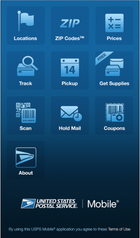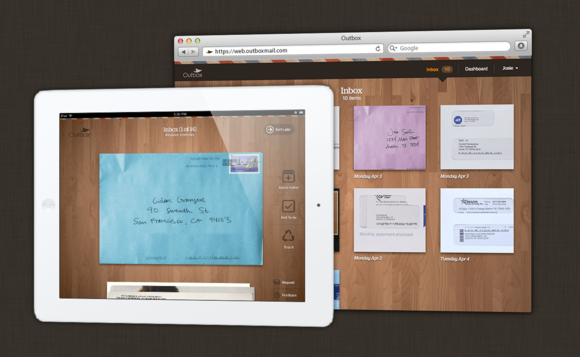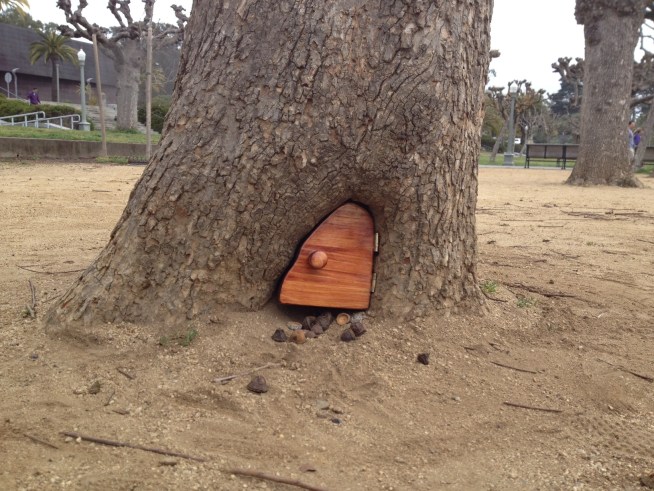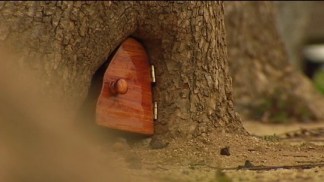Will email kill the postal system?
 Caitlin McGarry
Caitlin McGarry@Caitlin_McGarry
Mar 15, 2013 5:50 AM
There’s something sweet and old-fashioned about checking your mailbox and seeing a handwritten letter, a birthday card, or a package full of overnighted Amazon goodies.
But physical mail needs more than nostalgia to survive in the era of email.
The U.S. Postal Service’s financial problems have been extensively reported; the
agency lost some $15.9 billion last year and proposed a plan to cut Saturday service to save money. Congress is opposed to the idea and
passed a budget bill requiring the USPS to continue six-day delivery.
Good news for the post office: People still send and receive snail mail. In 2012, the USPS processed
160 billion pieces of mail, and not all of it was credit card offers and coupons (just about half was advertising mail). Plenty of reasons for checking your mailbox still exist, whether they're bills you can’t pay online, letters from relatives who aren’t hip to Facebook, Netflix DVDs, or magazines and catalogs.
But even snail mail is going high-tech. The USPS recognizes that while first-class mail—those letters we stopped sending—is going by the wayside, new, disruptive technologies can be built on top of the postal system’s infrastructure.
Letters come to life
Most of us, at one point or another, like to receive traditional mail. But we’re also looking for ways to use the devices that we almost always have on hand—tablets and smartphones—to make our lives easier.

The USPS app.
The postal service has an iOS
smartphone app that you can use to track packages, calculate shipping costs, find a post office, and other mail-related tasks. The app has been downloaded more than 3.4 million times. But the USPS is stepping up its game. The agency last year created a digital solutions group whose mission is to bring the USPS into the 21st century.
Many of the postal service’s tech initiatives pertain to direct mail, otherwise known as those ads, coupons, and offers you often don’t want. Tom Foti, the USPS’s manager of direct mail and periodicals, says that the post office has been offering rotating promotions over the last few months to offer discounts to companies that incorporate new tech.
The post office wants the businesses that send you offers to let you scan an ad’s
QR code to get more information about a product or authenticate your identity for notices from your bank or for debit card activation, or to use augmented reality tech in their mailers.
The augmented reality promotion, which begins this summer, will let you use your smartphone to see 3D content from a mailer.
The post office also wants businesses to test
near-field communication (NFC) chips in their ads to encourage people to use their smartphones as digital wallets and buy the products they see in ads and catalogs. Sounds like an expensive undertaking, but the postal service is offering discounts for businesses that try out such emerging tech to see how it works in real life.
Encouraging people to buy by mail would be a big boost for the postal system, which sees a significant amount of money ($11.6 billion last year alone) from shipping packages. In a strange twist, while e-commerce has dented brick-and-mortar retail sales, it’s big business for the post office.
Betting big on real mail
The postal system doesn’t just route packages from Amazon to your front door. Some startups are turning the post office itself into a moneymaking venture.
Apps that organize your email are a dime a dozen, but a handful of companies are carving a niche by electronically organizing your letters and junk before that physical mail hits your doorstep.
Betting on a struggling system is risky, but
Outbox is turning physical mail into digital mail with its new service, currently available only in San Francisco.

OUTBOXOutbox on the iPad.
Think of Outbox as Dropbox for physical mail, says cofounder Evan Baehr. Outbox’s “unpostmen” (dressed in bright red) pick up your mail from your mailbox, use a machine to digitize each piece, then store the digital copies in an account you access from the Outbox app. The service is $5 a month. You can have the team deliver anything you need hard copies of and shred the rest.
“A lot of people joke and say, ‘You’re going to digitize my mail and send me a bill electronically—isn’t that called email?’” Baehr says. “People point to a range of digital communication channels, but what we found is that there are actual reasons why people continue to send stuff in the printed form. The explanation why mail still comes to your house is there isn’t a digital alternative that’s attractive enough.”
Security is another concern, but Baehr says Outbox’s “unpostmen” go through rigorous background checks, and the company has identity theft insurance for each customer.OUTBOX

OUTBOXOutbox on a smartphone.
The Austin-based startup, founded by Baehr and Harvard Business School classmate Will Davis, kicked off this month with service to residents in San Francisco’s SoMa (South of Market Street) neighborhood, and Baehr says response has been off the charts.
Another company in the digital mail space is
Zumbox, which works with businesses that send you mail (such as major banks and utility companies) and stores the mailing pieces in a Digital Mail Box account. Zumbox differs from Outbox in that it doesn’t collect your mail from your mailbox and digitizes only mail from businesses, not people.
Signed, sealed, delivered
A post office that exists to digitize your mail is probably not in our future, says postal strategy consultant John Callan. But you can expect a hybrid of electronic and physical, a transition period with one foot in each realm. The post office is straddling both worlds in its efforts to adopt QR codes and NFC tech, and you can see companies looking to innovate in ways that a large-scale agency like the USPS might not be able to do.
“[Entrepreneurs] do it on the postal platform, which is wonderful,” Callan says. “This is where innovation comes from.”
The postal system has hundreds of years of experience (though the USPS as an agency is just a few decades old), with the structures in place to deliver mail to even the most rural, remote homes in a short time. Startups like Outbox can create a new niche using the post office as a foundation.

Callan is the founder of the annual
PostalVision 20/20 conference that brings together big names in the postal industry to discuss its future, but he doesn’t deny that snail mail is marching to its doom. Millennials don’t use the post office the way Baby Boomers do, so their needs will need to be addressed if the system is going to last beyond this generation.
But there is always the nostalgia factor; snail mail is so old-fashioned that it could become cool again—like vinyl records. Even millennials like this writer, often written off as a selfish, tech-obsessed generation, can appreciate tactile, meaningful reminders of the past. Callan says receiving mail at your home is “palpably personal in a way that no electronic medium can be, and will become more appreciated as an art form.”








 OUTBOXOutbox on a smartphone.
OUTBOXOutbox on a smartphone.


